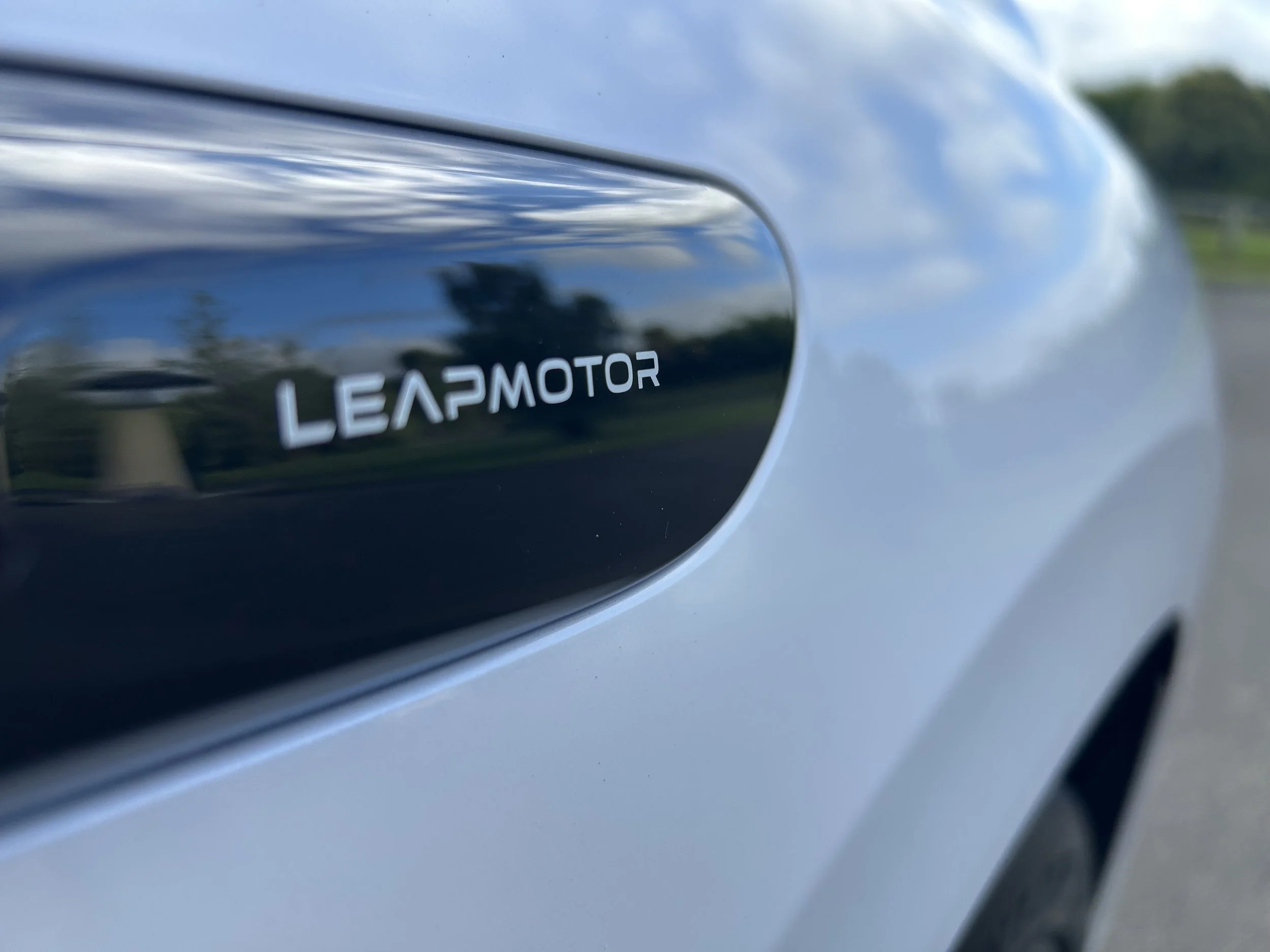Hands-free driving demo a brief plug
/Self-navigation tech unlikely to reach the showroom for years will be employed when Volvo undertakes a self-steer exercise in Tauranga later this year
A simple software patch is all that is required to give a Volvo already on sale here the smarts to attempt the first autonomous driving demonstration in everyday traffic undertaken by a car distributor here.
The Chinese-owned Swedish brand will demonstrate its hands-free technology on a 10-15km stretch of public road in Tauranga in November as part of a national transport conference.
The car that is tasked with running wholly without human intervention – save for when it is u-turned at the halfway point - on a dual-lane motorway is from today’s world, being a regular example of the XC90 borrowed from the New Zealand distributor.
But the software it will be meted is from tomorrow – actually, perhaps from 2020.
The chosen vehicle is 2017 version of the XC90. This edition, which only recently began to ship in, has the latest generation of the brand’s Pilot Assist driving aid that allow it to be semi-autonomous. But it will entertain hands-free operation on highways for a maximum of 30 seconds at the most.
However, the demo car will become a super-SUV when meted the smarts that the brand’s top expert in driverless technology is bringing from Sweden.
The ‘fix’ employed by Anders Eugensson that will unlock a suite of enhanced abilities that might allow the large seven-seater to run hands-free for as long as it is required to will fit in his top pocket.
It's nothing other than a flash drive holding development software, not set for public use for at least another three to four years.
Some of this is still assumption, concedes Volvo NZ national manager Coby Duggan, explaining that the brand had locked into the New Zealand Traffic Institute (Trafinz) conference, involving New Zealand Transport Agency (NZTA) and the Ministry of Transport, before the distributor became fully immersed.
“We don’t know as much as I’d like to in respect to exactly how they are going to demonstrate it. We still don’t know if the car will become fully autonomous … though it will definitely be in a higher state of semi-autonomy than we have now, and won’t require as much driver interaction.
“It (the demonstration) is off the back of a historic relationship Anders, who is currently in quite a senior government affairs role but has been across engineering and safety and all sorts with the brand, has with one of the traffic institute guys.
“Anders is there as a keynote speaker so they’ve dove-tailed this demonstration in.”
Duggan says Volvo Sweden simply asked his office to supply a vehicle using the latest SPA – Scalable Project Architecture – platform that is specifically tailored for autonomous driving. The XC90 is the only one of the production three cars using this (the others being the S90 sedan and V90 wagon) on sale in NZ; it is the best choice any way, being the family flagship and also the car of choice for another autonomous project with car-share company Uber.
“The 2017 model year (MY) XC90 has just come on sale and is perfect because it has the latest Pilot Assist.
“Anders will bring an even more advanced iteration of Pilot Assist – literally on a memory stick. It’s going to be a software update of a MY17 car and it will include features that we will not see for some time, MY18, MY19 and MY20.”
The update will only be effected for the conference. When Eugensson leaves, it will be reinstated to current showroom state.
The MY17 update is already a big advancement. The XC90 has until now only allowed self-navigation for around 20 seconds, and only when below 50kmh. The MY17 steps up to a 130kmh maximum and half a minute of self-drive operation – assuming it is on a roadscape that is recognizable to its array of sensors, with include cameras and radar. Really, that’s a motorway – as selected for demonstation - rather than a rural road.
Nonetheless, espectation is that the demonstration will take place in a ‘real world’ environment with other motorists.
Eugensson says the technology offers significant benefits for New Zealanders who commute daily or who are travelling between cities.
“Our research shows around nine in every ten crashes have a driver causation error component and the reality is, self driving cars simply do not get distracted. We believe this technology will greatly reduce the number of collisions on New Zealand roads while also improving efficiency,” he says.
Eugensson says autonomous driving will also help reduce congestion on our roads and improve productivity by reducing the daily commute stresses for workers and intercity travellers.
John Goettler the Vice President of the New Zealand Local Authority Traffic Institute (Trafinz) says the technology has real applications for the future of transport within the New Zealand roading network.
“This demonstration is a significant first milestone towards the introduction of self-drive vehicles to enhance road safety and productivity in New Zealand.
“New Zealand is an ideal location for the demonstration because of our world-leading regulatory environment, which encourages trialing and demonstrations of new technology such as autonomous vehicles, while protecting the safety of all road users.
“As the volume of these vehicles grows we also need to turn our attention to the creation of smart highways and motorways, to obtain the real benefits of safer, more efficient, people focused and less congested travel,” says Goettler.
The demonstration is expected to take place on November 18 once planning and approvals for NZTA regulatory

















